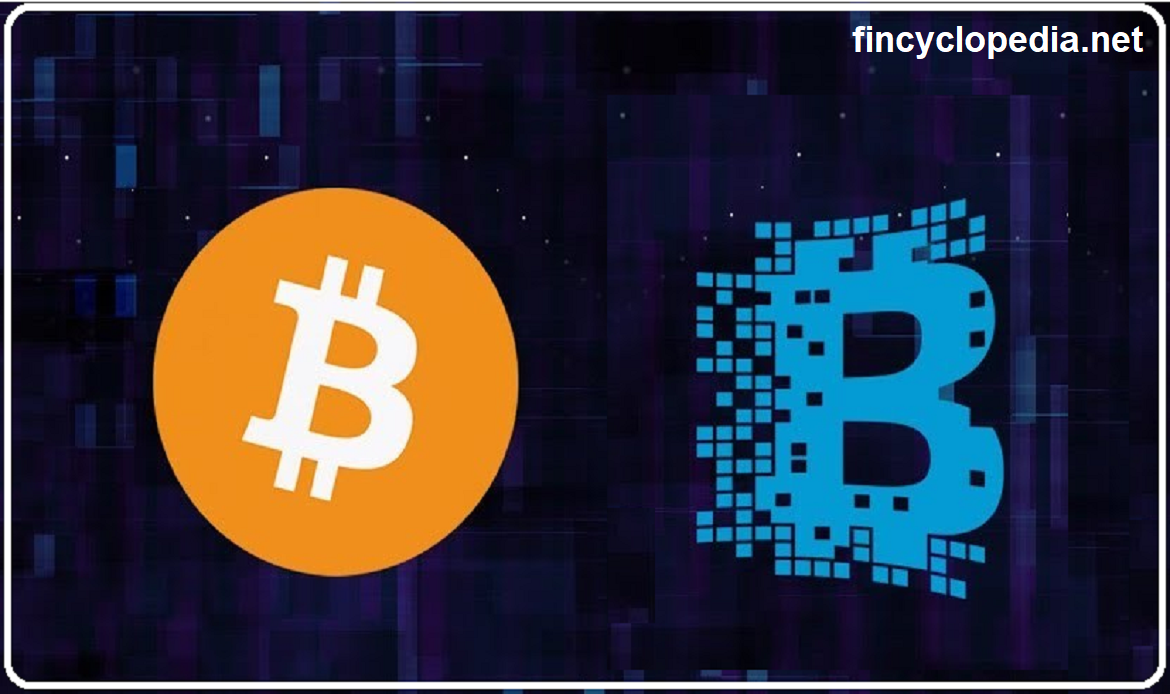An option is a derivative contract giving the holder (buyer) the right, without the obligation, to trade (buy or sell) a specific underlying asset at or by a preset expiration date. The underlying asset could be a commodity or share of stock, or a variable such as an interest rate or energy cost at a preset level (strike price) on or up to a prespecified date (expiration date).
On the other hand, a futures contract is an exchange-traded contract (and a derivative) whereby the holder is under obligation to buy or sell a specific asset (security or commodity) for a predetermined delivery price at a specified date in the future. Most of futures contracts don’t end up with delivery because most traders prefer to close out their positions before delivery dates. Closing out a futures position implies entering into an opposite futures position. However, the possibility of actual delivery is what relates the futures price to the spot price. Futures contracts, like forward contracts, are only promises to purchase or sell a commodity. The futures trader, regardless of his intention with regard to the underlying commodity, is obligated to deliver or take delivery until the position is closed out by an offsetting position. Futures contracts are settled daily using margin accounts.
The key difference between options and futures is that the buyer of an option (long option or the long position in the option) is given the right, without an obligation, to exercise on the underlying asset. The option seller (the writer or the short) is obliged to enter into the transaction if the buyer opts to do so. However, in a futures, both parties are obliged to execute the contract (whether execution is physical or cash settled). Furthermore, the position is established (on the contract date) without any payment- i.e., the buyer does not pay the seller any premium, just unlike the case of options, where the buyer does pay the seller a premium against obtaining the right to exercise.
Another key difference is the payoff structure: futures payout is symmetrical- that is the payout is a dollar-for-dollar gain or loss for the two parties. More specifically, the futures buyer will gain at the expense of the seller when the underlying price moves up, and will lose in the opposite scenario. Option payouts are skewed: the option buyer will lose no more than the premium (or option price) paid to the seller, and on the other hand, he/ she can enjoy the benefits of favorable movements in the underlying price without limits (for calls) and with limits (for puts). However, the option premium represents the maximum gain that can be realized by the seller, while losses can be unlimited (for calls) or limited (for puts).
Lastly, options can be written on futures, but not the other way around (therefore, we have futures options). A futures option is an option that gives the holder the right, without the obligation, to enter into a futures contract at a specified futures price before or on a certain expiration date. In general, futures options are American-style. Once exercised, a futures option allows the holder to acquire a position in the underlying futures contract in addition to a cash amount representing the difference between the most recent settlement futures price and the set strike price, or vice versa.




